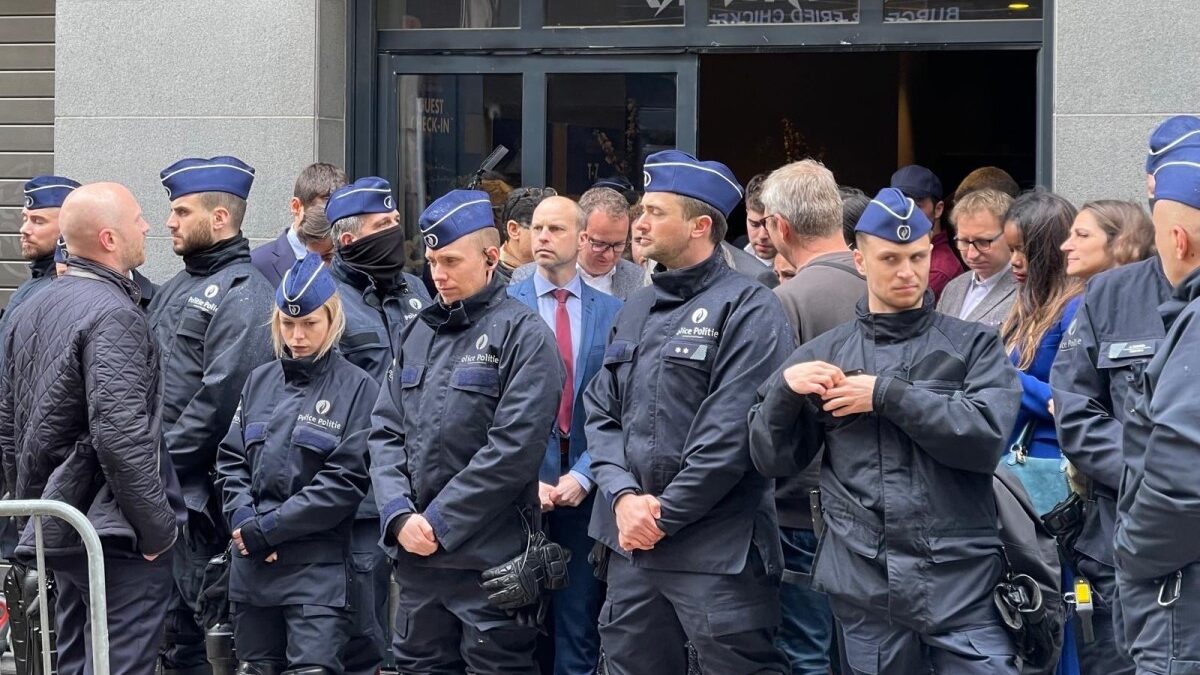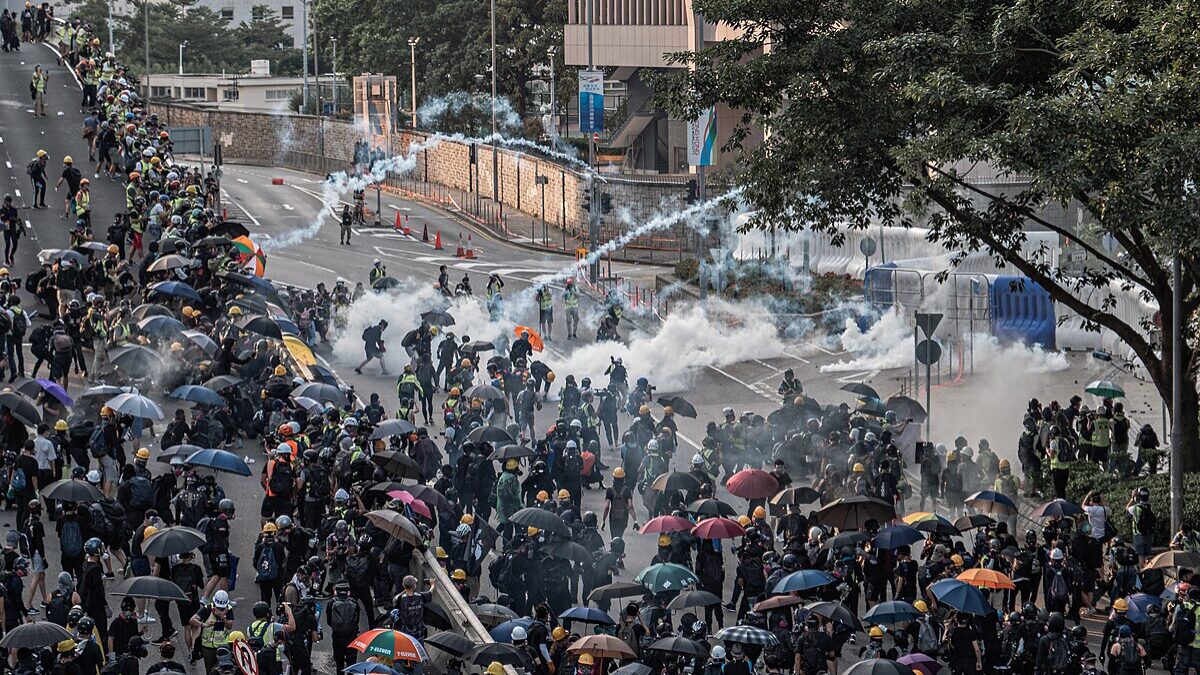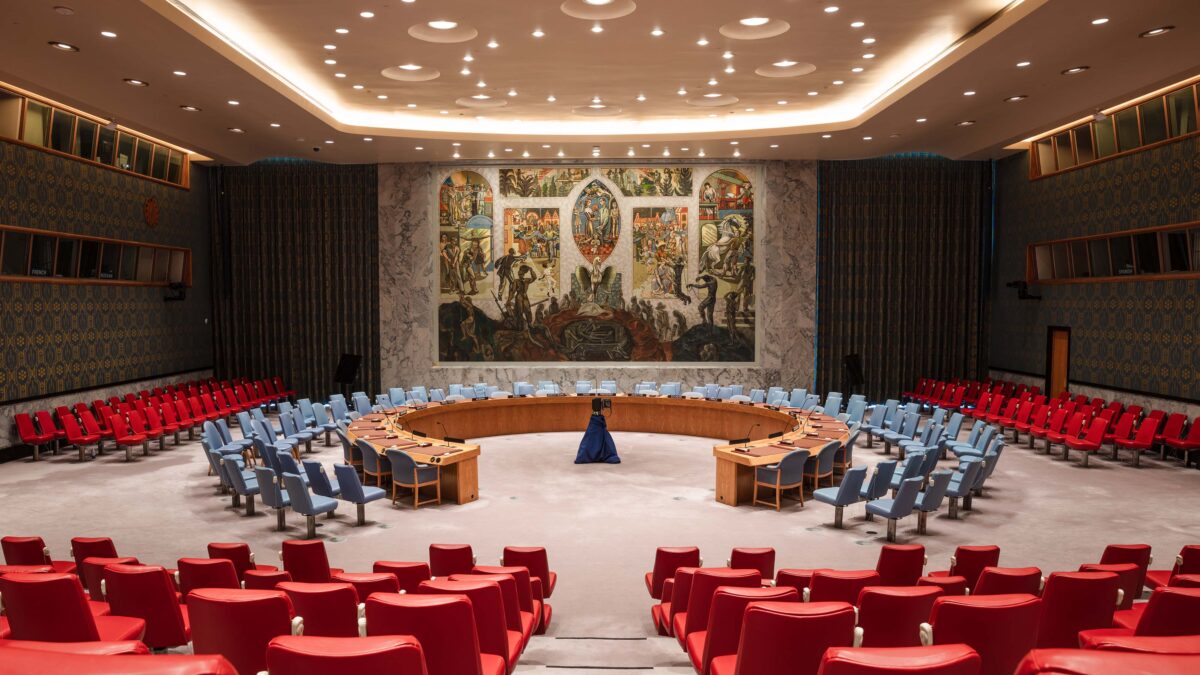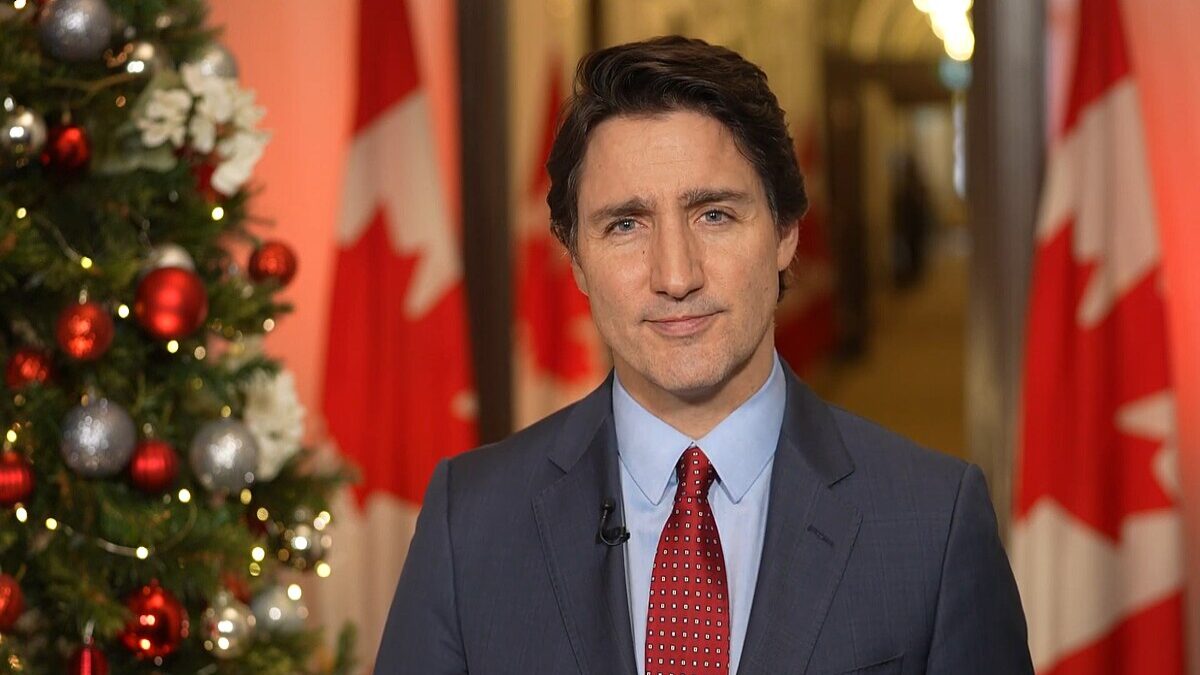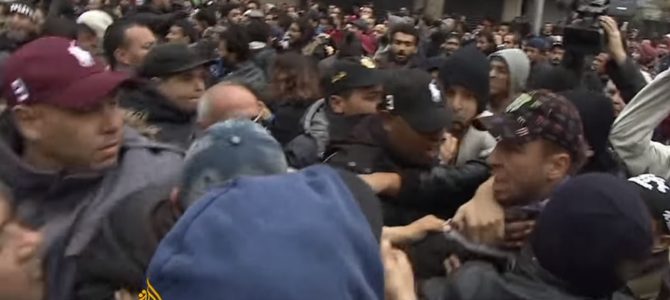
Yesterday marked seven years since protests in Tunisia ousted its corrupt authoritarian leader, sparking the Arab Spring and setting the Middle East on fire. As if by some cosmic irony, Tunisia is once again being rocked by mass protests and its government, once again, is cracking down.
Thousands have taken to the streets since demonstrations first began early last week. This kind of political unrest has a habit of spreading fast, not just within a country, but, as history shows us, throughout a region. Is the Middle East seeing the early days of its second Arab Spring?
Demonstrations began in the capital city of Tunis as a small gathering to protest a hike in taxes on things like cars and phone calls, which took effect January 1. But the protests quickly spread throughout the country over the next few days, sometimes turning violent and destructive. Protesters have reportedly burned down dozens of state buildings, including a national security building in the city of Thala, near the border with Algeria, and there are reports in multiple cities of looting.
On Thursday, the government arrested hundreds of people in an attempt to tamp down the mass demonstrations and discourage protests planned for the weekend. The army has even been deployed to several cities after police retreated. But, while the government claims that it’s only arresting looters and criminals, human rights advocates insist that police are detaining individuals who haven’t broken the law and are indiscriminately cracking down on Tunisians.
So far, the police have arrested 778 people, many of whom are accused of rioting, according to the Ministry of the Interior. Of those detained, 16 were classified as “Islamist extremists.” Some opposition leaders were also arrested, accused of setting a government building on fire. One protestor has died and, reportedly, dozens of police officers have been injured. Protests continued over the weekend with thousands pouring into the streets of Tunis on Sunday and violence erupting in parts of the city.
It’s Déjà Vu All Over Again for Tunisia
Tunisia is experiencing déjà vu. Back in 2011, when protests in Tunisia first began, Tunisians were motivated by economic concerns. At that time, their complaint had more to do with government corruption — particularly the largesse of authoritarian leader Zine al Abidine Ben Ali and his family in the face of high unemployment and a corrupt police force — than with austerity measures. The Tunisian Arab Spring was sparked, quite literally, by a street vendor, whom police so consistently harassed that, in desperation and out of a sense of helplessness, he set himself on fire.
After several weeks of massive protests, Ben Ali dissolved the government and fled the country on January 14, 2011. A transitional government was put into place and a commission formed to rewrite the constitution. The protests — and their success in effecting change — inspired peoples across the Middle East, leading to a chain-reaction of similar uprisings.
Tunisia has been lauded as the only real success story of the Arab Spring. It had a peaceful transfer of power and held elections that were generally accepted, although corruption persisted. Other countries to which the Arab Spring spread — Libya, Egypt, Syria, and Yemen — did not fare nearly so well.
Civil war broke out in Libya, Syria, and Yemen, resulting in de facto failed states in all three (although the Syrian government is swiftly moving to consolidate power with help from Iran and Russia). Egypt, meanwhile, is widely considered to have returned to its authoritarian roots under the rule of a military man, Abdel Fattah al Sisi.
Hopes that freedom and democracy had finally reached the region were dashed, as one by one, each Arab Spring country failed to shake off the shackles of authoritarianism, by either descending into civil war or using the democratic process to vote in an authoritarian or Islamist government. The Arab Spring caused huge upheavals not just in the countries in question but in the region overall, destabilizing the Mideast’s relative balance of power.
The Syrian civil war has drawn in both Iran and Russia as allies of the Assad regime, increasing tensions with the United States, which is in Syria fighting the Islamic State, another by-product of that civil war. Iran’s presence in Syria — particularly its proxy, Hezbollah — has put Israel on alert, fearing an incursion from the Golan Heights. The Yemen civil war has Saudi Arabia and Iran fighting a proxy war, with the United States thrown into the mix as a major weapons supplier of the Saudis.
Last Time Around, High Hopes Failed Fast
The Arab Spring was hailed as the dawning of a new age in the Middle East, but it turned into a disaster. Now, here we are again at the beginning of a new year watching the same country that lit the match of the Arab Spring start to tremble with civil unrest. But this time, Tunisia isn’t the canary in the coal mine — Iran is.
Two weeks ago, Iranians took to the streets in the largest demonstrations there since 2009, the year of Iran’s almost-revolution. Their complaints are similar to those of the Tunisian protesters: high prices, high unemployment, and government corruption. Iranians defied the highly centralized government of the Islamic Republic by voicing their anger. The protests swiftly turned from the economy to the authoritarian rule of Iran’s clerical class and the Supreme Leader Ali Khamenei, with protesters shouting “Death to Khamenei,” a twist on the commonly heard chant “Death to America.”
Iran’s government brutally cracked down on the protests: Dozens were killed and 3,000 protesters detained. The government claims the uprising has been put down. As evidence, the popular messaging app Telegram has been unblocked. But protests have continued outside the notorious Evin Pison in Tehran.
Last week, authorities ceded to the demands of hundreds of protesters, who had gathered to ascertain the whereabouts of their family members, by releasing four political prisoners. On Sunday, the government announced it had released hundreds who had been arrested during the protests. This is a small victory, no doubt, and every time the government gives some kind of concession, it strengthens the Iranian people. Other countries are bound to notice.
But are Tunisians protesting because of what happened in Iran? It’s impossible to say. However, political movements are often like a fever: contagious and fast-spreading. That Tunisia’s protests come so quickly after Iran’s seems like more than a coincidence.
It’s not clear, however, whether other countries will be willing to risk the instability that so often follows mass protests and governmental upheavals. Iranians came out to the streets because they have been consistently repressed since the 1979 Islamic Revolution. They haven’t tasted success like Tunisians have, nor have they learned the hard lesson of a failed uprising like the Syrian rebels did. Tunisians, on the other hand, have experienced the triumph of holding their government to account and seeing democracy work in their country. It’s natural that they’d be willing to take a risk again.
If Tunisians are able to exact huge concessions, or even once again oust the government as a result of their protests and civil disobedience, it might be enough to inspire other Mideast countries to take action once again. Let’s hope that if another Arab Spring is stirring, it goes better than the first one.


